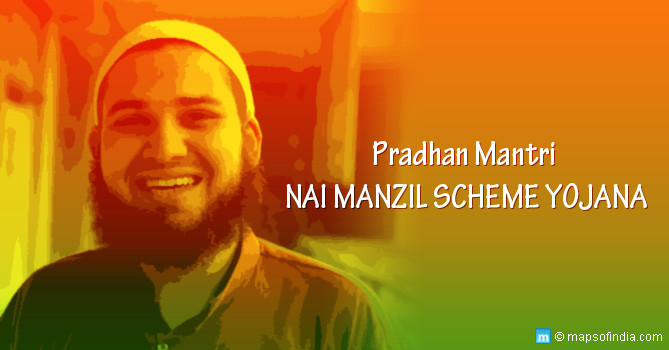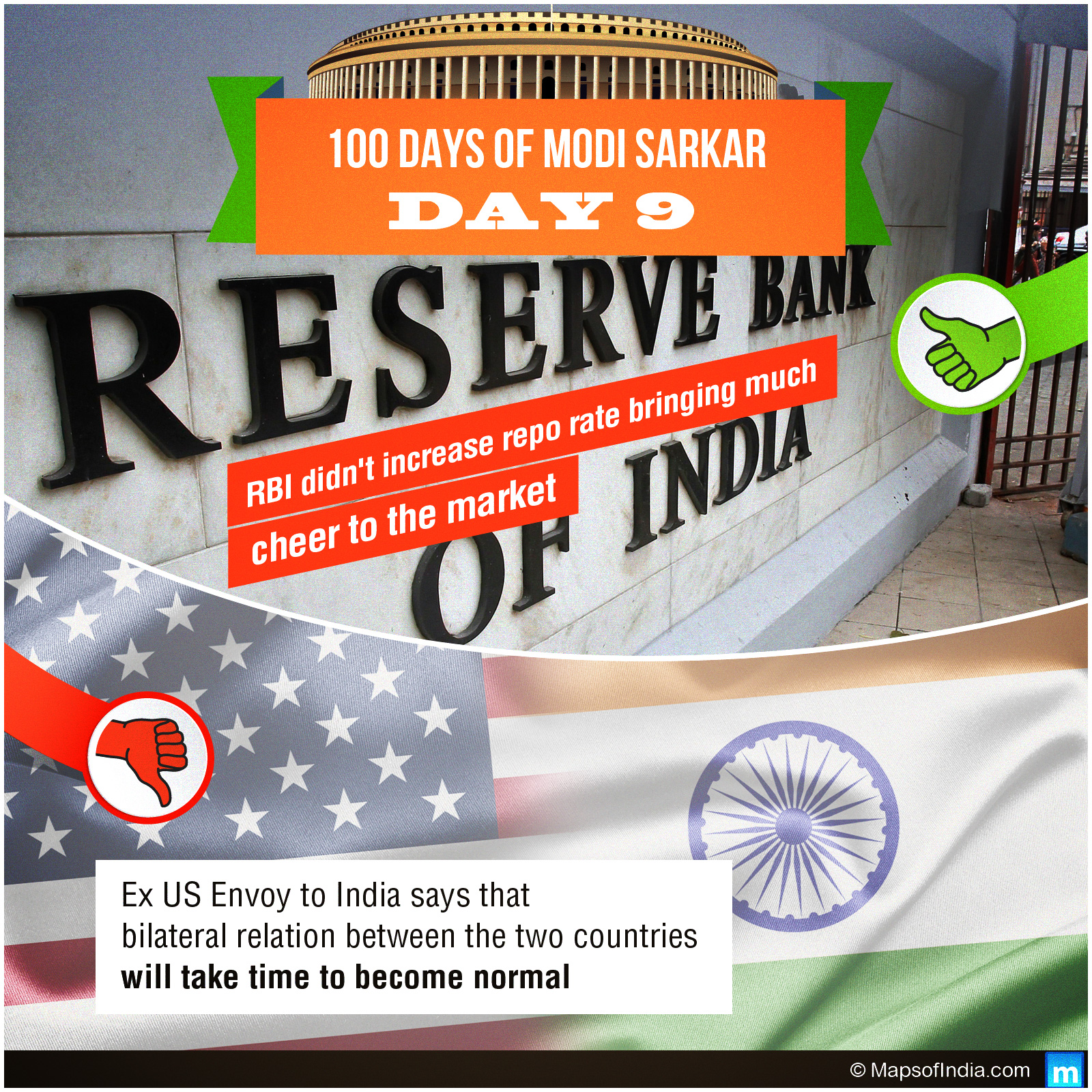The Pradhan Mantri Nai Manzil Scheme was launched by the central government in August 2015. It is a skill development programme with a time period of three months and is supposed to benefit girls from minority groups. Seven sectors have been identified for which assistance will be provided by the Indian Government. The programme has been created following the recommendations made by Sachar Committee to improve the social welfare and educational programmes of India. The first institutions to be benefited by the programme were Skill Development Centre at the University of Kashmir, Madarsa Imam Sadique in Shadipur, Bandipora, and Madarsa Shahi-i-Hamdan in Pampore. The seven sectors where training will be provided may be enumerated as below:
- Saffron processing
- Tourism and hospitality
- Food processing
- Electronics
- Embroidery
- Plumbing
- Computers and IT (both software and hardware)
Nature of training
Training is expected to be provided in keeping with the concerned region. This means that skills, which are relevant to a particular state, will be taught in the programme. This further implies that one of the basic aims of the programme is to satisfy requirement of local industries for trained labour. Along with training, the beneficiaries will receive INR 4500 per head as well.
Beneficiaries
The programme has also been launched in several other locations such as Bhandup in Mumbai, and Motihari and Patna in Bihar. It is supposed to be introduced in other madrasas in a gradual manner. The Indian Government has described the programme as “an integrated Education and Livelihood Initiative”. Apart from the girls and women, the programme also looks to help minority youth who have dropped out of their schools or received their education in madrasas and other similar community educational institutions. It is expected that training provided in this programme – along with the money – will be of great help to the trainees, especially ones who are from economically-backward families and communities. The age limit for people is 17-35 years.
Educational component
The programme is supposed to provide them formal education that is equivalent to either Class 8 or 10. Along with that the beneficiaries are supposed to receive skills training and certification to prove their authenticity. It is expected that the scheme will help them find good enough jobs in the organised sector and lead better lives in the process thus getting rid of the sense of qualification-related inferiority among them. This programme will be applicable to the whole of India.
Financial assistance from World Bank
The programme has also received some much-needed financial boost with an agreement between the union government and World Bank, whereby the global financial body has agreed to provide credit worth $50 million to be used for carrying out the programme. As BJP’s chief of minority cell – Abdul Rasheed Ansari – has said that this agreement will elevate India’s status in international circles and it can be expected that when other countries look for skilled workers in the domains mentioned above they will think of India as a viable alternative. This will only mean more jobs in other countries as well.
Importance of Sachar Committee
As may be clear by now, the Sachar Committee has played a major role in the conceptualization of the programme. The high-level committee had been started with a view to finding out the socio-economic and educational status of Muslims in India and it had submitted its report during November 2006 to Manmohan Singh, who was the-then Prime Minister. As per the report 25% of Muslim kids in the 6-14 years age group were either school dropouts or had never gone to a school in the first place. Only 3% children in these families went to madrasas and received some primary education.
The report also stated that ever since the 1970s, the gap in rates of general attainment in higher education has been increasing between Muslims and other religious communities in India. In the top colleges only 4% graduates were Muslims and in case of post-graduation this rate went down to 2%. The committee had suggested that an equal opportunity body be set up so that Muslims could be brought at par with other communities. This body would enable more Muslims to take part in public bodies, provide monetary assistance that will help them get more jobs, and also establish a connection between the formalised systems of education and employment and the madrasas.
Government view of the programme
The present central administration believes that this programme is in keeping with Narendra Modi’s aim to ensure development for all and this thought is more important to them than the recommendations of Sachar Committee. Ansari has acknowledged that the said recommendations are worthy indeed and this is why they have been included in the programme as well. However, he points out that the programme is more influenced by the ideals of Modi and Deen Dayal Upadhyaya, who believed in the principle of uplifting even the last person in the queue.
Rounding up – importance of the programme
As Mirza Asmer Beg, a professor of political science at the Aligarh Muslim University, has stated that the Sachar Committee was the first high-level report to have given legitimacy to the idea that Muslims are not doing as well as they would want to. However, as he says, even after the report no action was taken and this is why a programme like Pradhan Mantri Nai Manzil Scheme becomes so important. The programme has been received warmly by analysts but at the same time they are also worried about its possible results.
M Mujtaba Khan, professor of political science at Jamia Milia Islamia University, has stated that the programme’s success will depend on how much the Indian Government wants it to succeed, considering how previous such initiatives have failed. The programme however looks to address problems faced by previous ones such as the Madarsa Modernization Scheme. As part of the same, some universities shall offer bridge courses that will help madrasa students get degrees that they can use for higher education.
Explore More :
Schemes Launched by Modi Government
Atal Pension Yojana
MUDRA Bank Yojana
Sarva Shiksha Abhiyan
Education for all: Smriti Irani’s big challenge
10 Best Things Modi Government Has Done So Far
Schemes Launched by Modi Govt Start-up India, Stand-up India
Gram Uday Se Bharat Uday Abhiyan
‘Stand up India’ Scheme by PM Modi : Highlights, Objectives, Benefits, Process Pradhan
Mantri Ujwala Yojna
Sukanya Samriddhi Account
Swachh Bharat Abhiyan: Making India Clean & More
Pradhan Mantri Jeevan Jyoti Bima Yojana (PMJJBY)
Pradhan Mantri Suraksha Bima Yojana (PMSBY)
Pradhan Mantri Kaushal Vikas Yojana
Pradhan Mantri Krishi Sinchai Yojana Pradhan Mantri Awas Yojana (PMAY)
One Rank One Pension Scheme
Seventh Pay Commission
All Information about Digital India Programme
eBasta – Features and Benefit for students
Atal Mission for Rejuvenation and Urban Transformation
Mahatma Gandhi National Rural Employment Guarantee Act (MGNREGA)
Beti Bachao Beti Padhao Scheme Skill India
BJP Theme Song on 2 Years of Modi Government
Padhe Bharat Badhe Bharat Scheme





